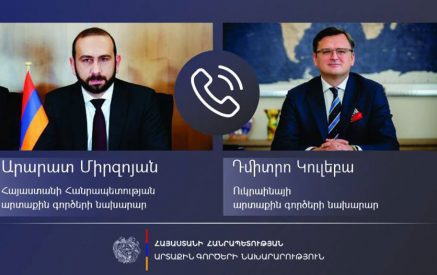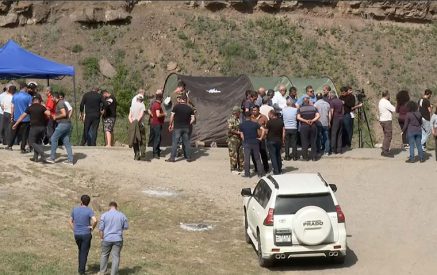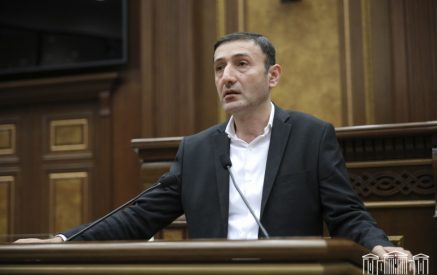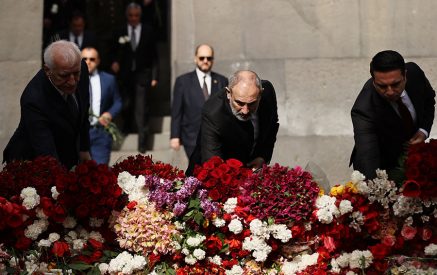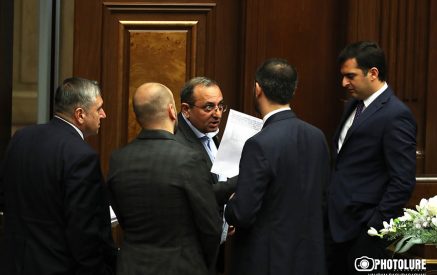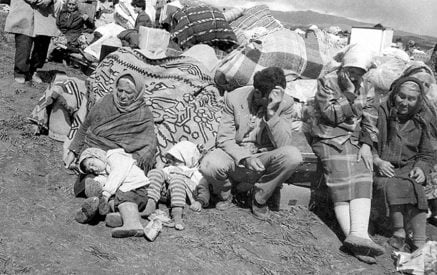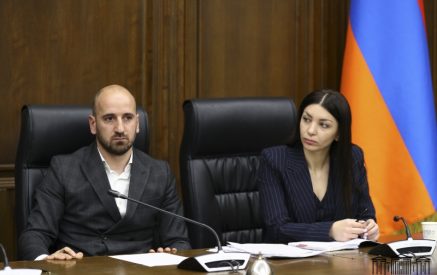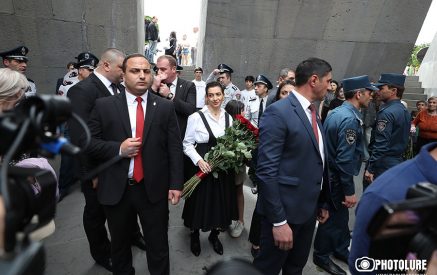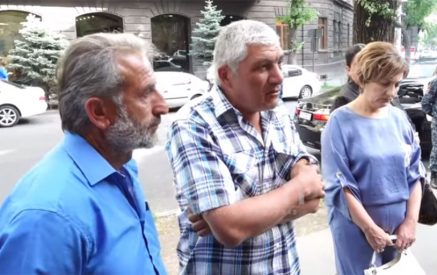Today, the European Court of Human Rights has delivered a judgement on the case against Armenia.
The full press release here, the judgment here and the short legal summary here.
Armenian authorities failed to prevent the death of a bullied army lieutenant who was a known suicide risk and shortcomings in the investigation
In today’s Chamber judgment1 in the case of Hovhannisyan and Nazaryan v. Armenia (application nos. 2169/12 and 29887/14) the European Court of Human Rights held, unanimously, that there had been:
Read also
a violation of Article 2 – substantive aspect (right to life) of the European Convention on Human Rights, and
a violation of Article 2 – procedural aspect (right to life: obligation to conduct an effective investigation).
The case concerned the death of the applicants’ son and brother, A. Nazaryan, whilst he was in the army, and the subsequent investigation.
The Court found in particular that, due to the absence of any system of psychological assistance in the military forces, no such support had been available to A. Nazaryan despite the apparent risk that he might commit suicide. Furthermore, the authorities had failed to take appropriate and effective measures to prevent that known risk from materialising. Therefore, the State had failed to comply with its obligation to take appropriate measures to safeguard his life during his military service. The Court also considered that the investigation conducted in the case had not been sufficiently thorough and had failed to protect the applicants’ interests and to enable them to properly exercise their rights.
Just satisfaction (Article 41)
The Court held that Armenia was to pay the applicants jointly 20 000 euros (EUR) in respect of nonpecuniary damage and EUR 3 500 in respect of costs and expenses.

